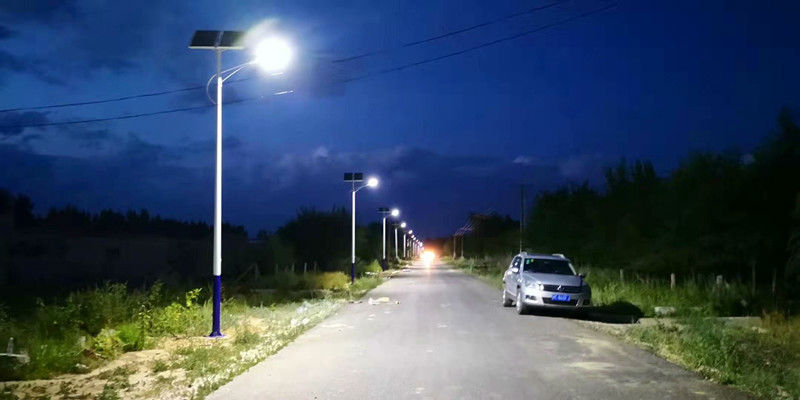Three-stage charging are boost charge, constant voltage charge and floating charge.
Step 1: Boost charge
When the battery is not full, the maximum current of the solar panel recharges the battery. (the MPPT controller limits the maximum power), which means that all the electricity generated by the solar panels is charged into the battery. At this stage, the battery can be charged quickly, so that the voltage of the battery can be increased..
Step 2:Constant voltage charge
When the battery voltage rises to the maximum voltage specified by the battery, the controller begins to reduce the charging current, so that the voltage of the battery is maintained at the highest voltage and no longer rises, otherwise it may cause damage to the battery. The controller uses PWM technology (pulse width modulation technology) to control the charging current. If the voltage of the battery exceeds the maximum voltage, the charging current is reduced, and if the voltage of the battery is lower than the maximum voltage, the charging current is increased so that the voltage of the battery is always stable at the highest voltage, which is about 2-3 hours.
Step 3: floating charge
When the constant voltage stage time is 2-3 hours, the controller continues to adjust the charging current so that the voltage of the battery is constant at the floating charge voltage of the battery. The floating charge voltage of lead acid and AGM is 13.7V. There is no time limit for this stage. When it comes to the floating charge stage, it means that the battery is full.
